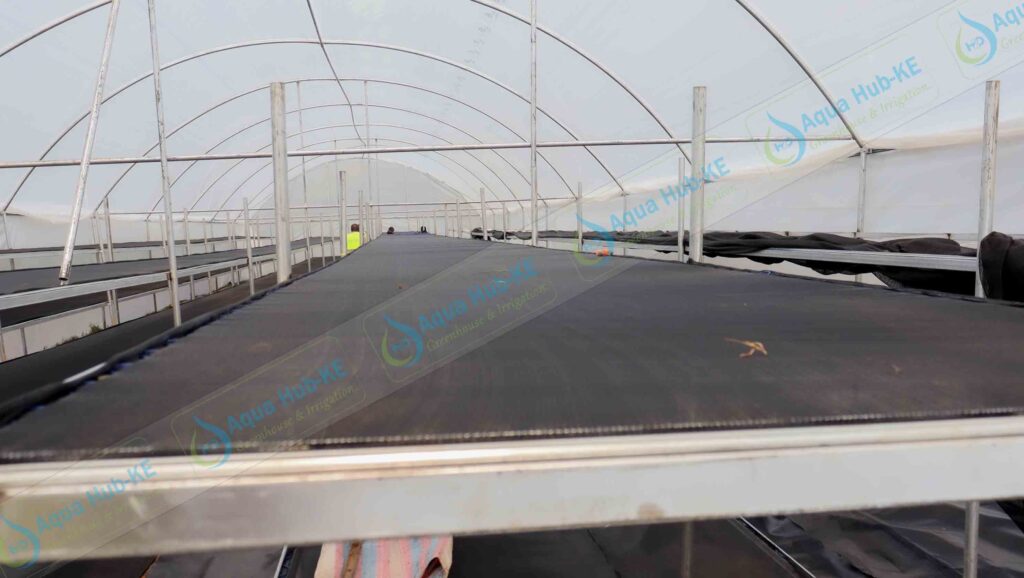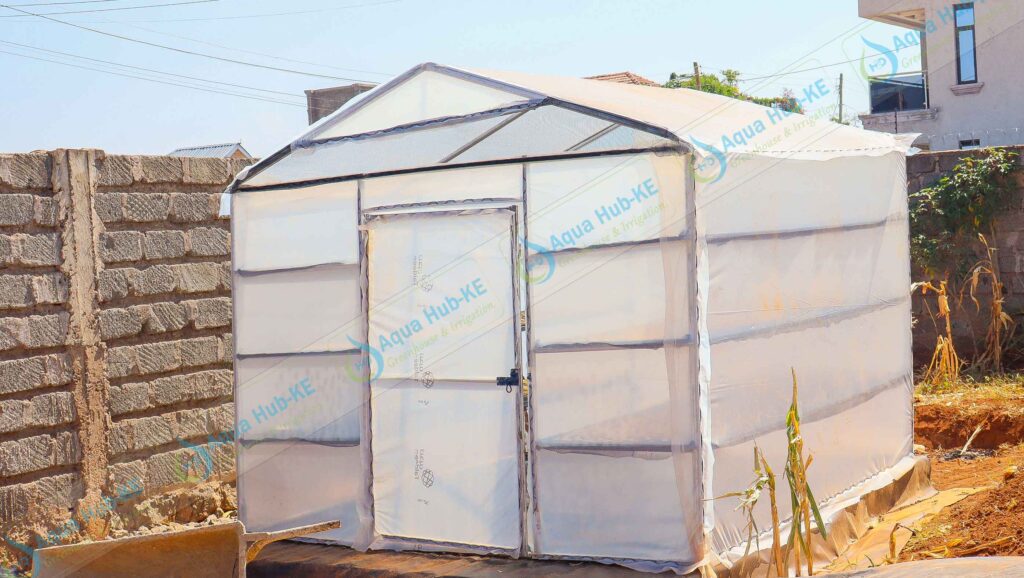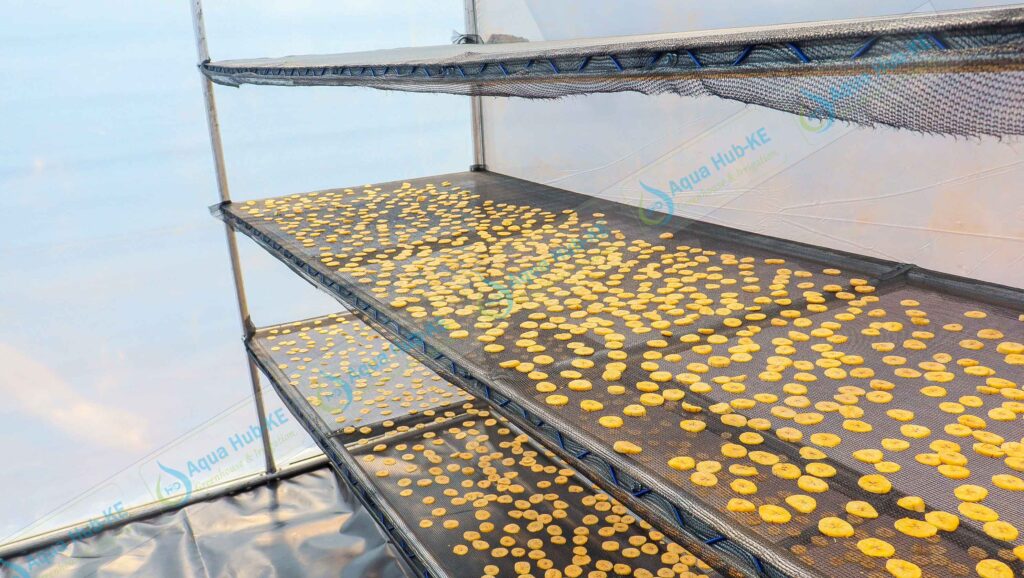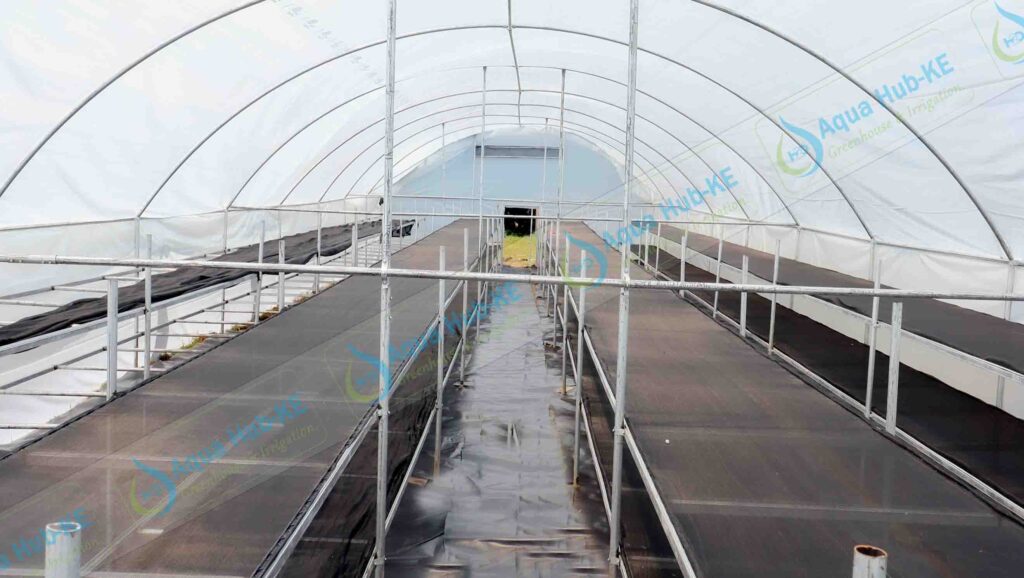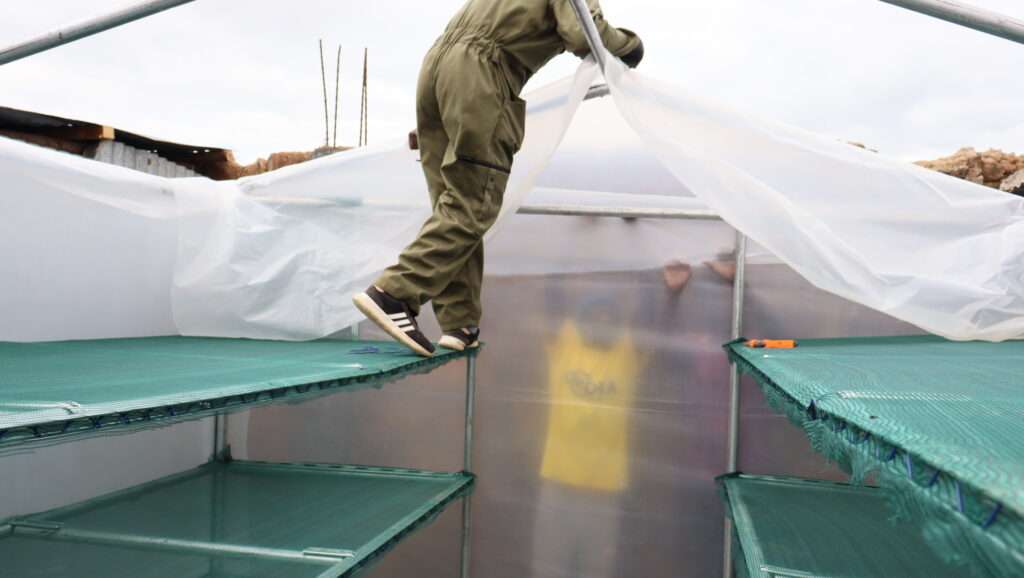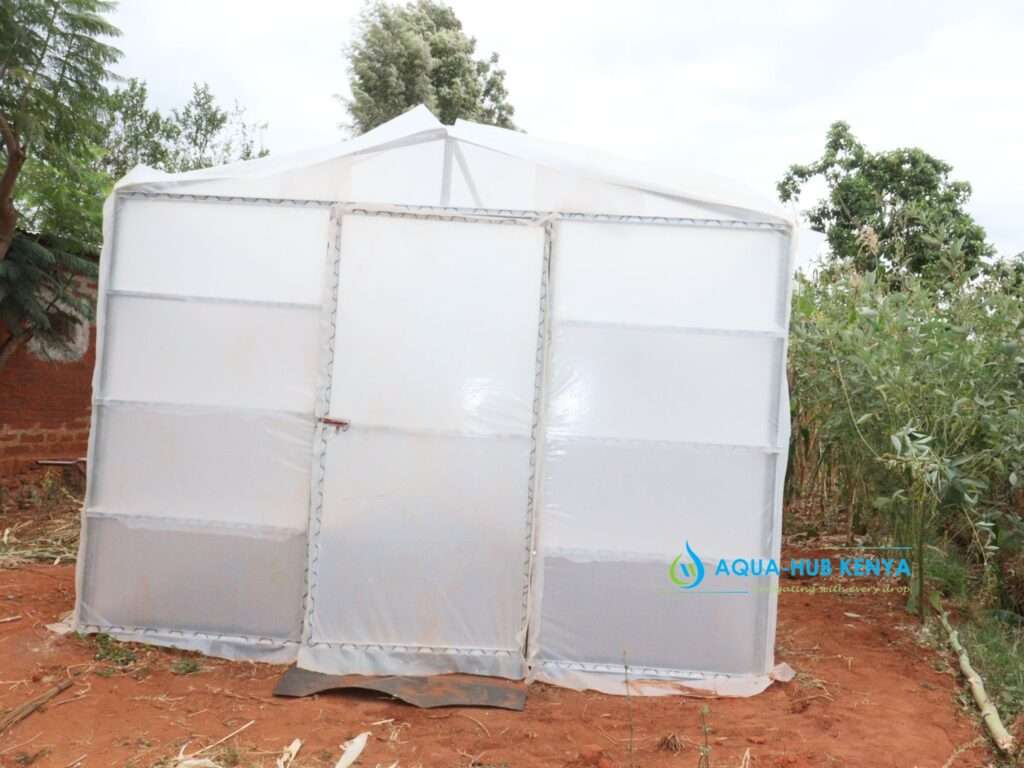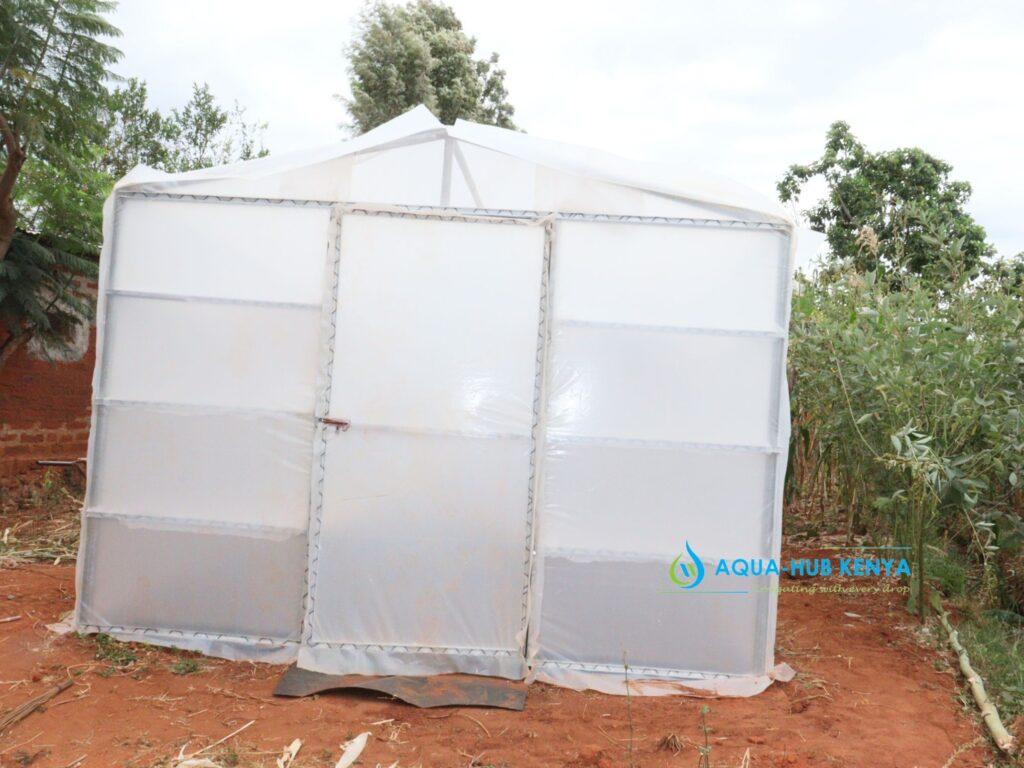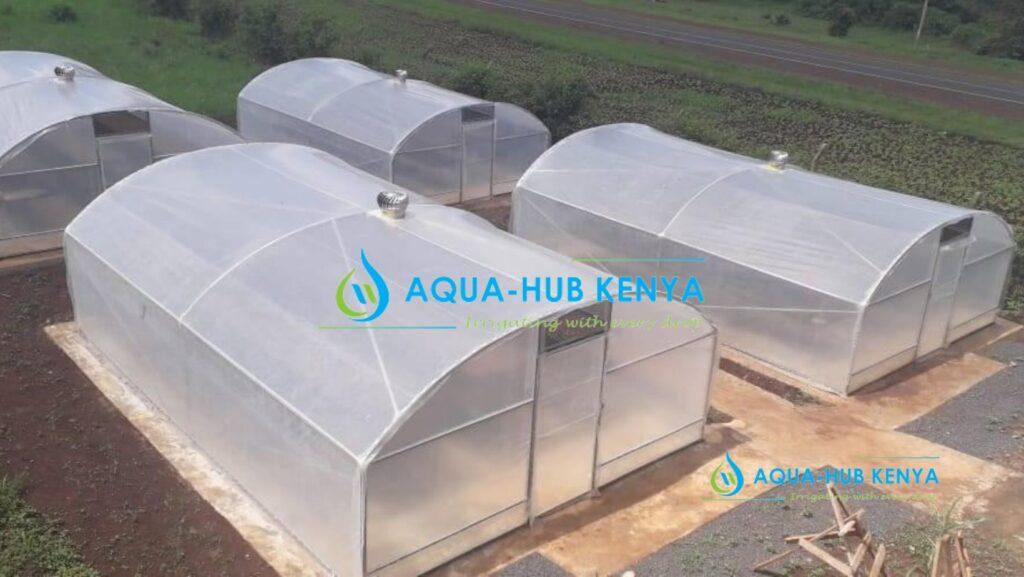Agricultural Solar Dryers in Kenya
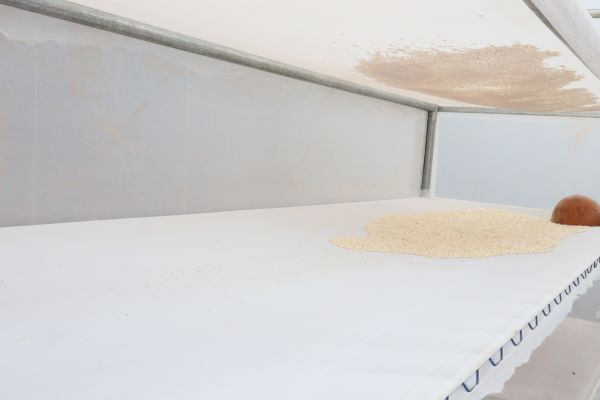
Aqua Hub’s Agricultural Solar dryers are innovative structures that implement solar energy to dry and preserve vegetables, fruits, and cereals.
We have different types of agricultural solar dryers for use in different drying goals; they come with varying drying speeds, efficiency, and storage capacities.
Why Agricultural Solar Drying is Essential
Agricultural Solar dryers are the solution to contamination, humidity, and insects that normally affect sun-dried harvests.
Solar Dryers for Agricultural Products
Different types and designs of solar dryers are reliable in drying agricultural products. Aqua Hub Kenya offers a wide range of options for highly effective structures as per the size of your produce.
Call: +254790719020
Agricultural Solar Dryer Price
Solar Dryer price varies with size and comes with varying ranges in the market. Our prices are within reach and provide a sizeable choice of options to build.
Call: +254790719020
Greenhouse Solar Dryer Price in Kenya
The price of agricultural solar dryers depends on whether they are wooden or metallic. Our prices are below;
| Solar Dryer Size | Price of Solar Dryer |
| 1.5m x 1.5m x 1.5m | 85,000 |
| 2m x 2m x 2m | 95,000 |
| 2m x 3m x 2m | 110,00 |
| 2m x 4m x 2m | 125,000 |
| 2m x 5m x 2m | 150,000 |
Vegetable Solar Dryers in Kenya
We design simple affordable vegetable solar dryers for small-scale and large-scale operations in homes and commercial farms.
Call: +254790719020
Coffee Solar Dryers in Kenya
Get the specifications for a commercial coffee solar dryer from Aqua Hub Kenya. The prices of coffee dryers are reliable and convenient at our company.
Call: +254790719020
Fruit Solar Dryers in Kenya
Our solar dryers are also designed for drying bananas, strawberries, and mangoes.
Call: +254790719020
How Much is a Solar Dryer in Kenya
The cost of agricultural solar dryers in Kenya ranges from KES 80,000 to KES 300,000 depending on the design and type.
Agricultural Solar dryer working principle
A solar dryer dehydrates crops and drying substances through thermal energy transfer and convection. Heat is transferred to the drying chamber directly or indirectly and retained through insulating material to dehydrate crops.
The openings or vents allow air in and moist air out of the solar dryer structure and the substances dry as a result.
How Effective are Agricultural Solar Dryers?
With the structure resembling those of agricultural greenhouses, they maintain a sufficient temperature to dry your crops.
How long Do crops take to dry in a Solar Dryer?
Agricultural Solar Dryers take around 3 -5 days to dry the produce. The drying period is shorter when it comes to hybrid dryers, about 2-3 days.
How to Dry Vegetable and Fruits
- Chop the vegetable leaves into smaller pieces and spread them evenly on the shelves of the dryer.
- Leave them to dry.
- Cutting your leaves or fruits into small pieces exposes all parts to the air and thus easier dehydration.
Types of Agricultural Solar Dryers in Kenya
Simple or Greenhouse Solar Dryers
Can either be a wooden or metallic greenhouse structure with a polythene cover and the inside acting as a drying chamber.
How a Simple Solar Dryer Operates
The inside is equipped with shelves that hold the drying crop products. Due to its excellent sunlight transmission and heat insulation properties, polythene material is preferred.
An air entry with a fan exists on one side and ventilation with a net material on one side.
Hybrid Solar Dryers
It features a furnace on the outside that directs heat to the inside, solar panels and storage batteries, fans, and a drying chamber.
How Hybrid Dryers Operate
These are advanced agricultural dryers that integrate solar energy with other sources to dry products.
Hybrid Solar dryers are more effective and reliable as they work even on rainy or cloudy days.
Solar Drying Vs Direct Sun Drying: Which Option is Better?
Solar drying is highly effective and thus better compared to open sun drying of crops.
Open Sun Drying
Open Sun drying is economical but also tedious and very unreliable. The method exposes crops to insects, moisture or rainfall, and other food poisoning.
Solar Drying
Agricultural Solar dryers have a perfect design that eliminates insects, dust, rain, and animal interference unlike sun drying. Sun drying of crops is less effective than solar drying because it depends on the weather and is thus slower.
What are the Requirements to Construct a Solar Dryer?
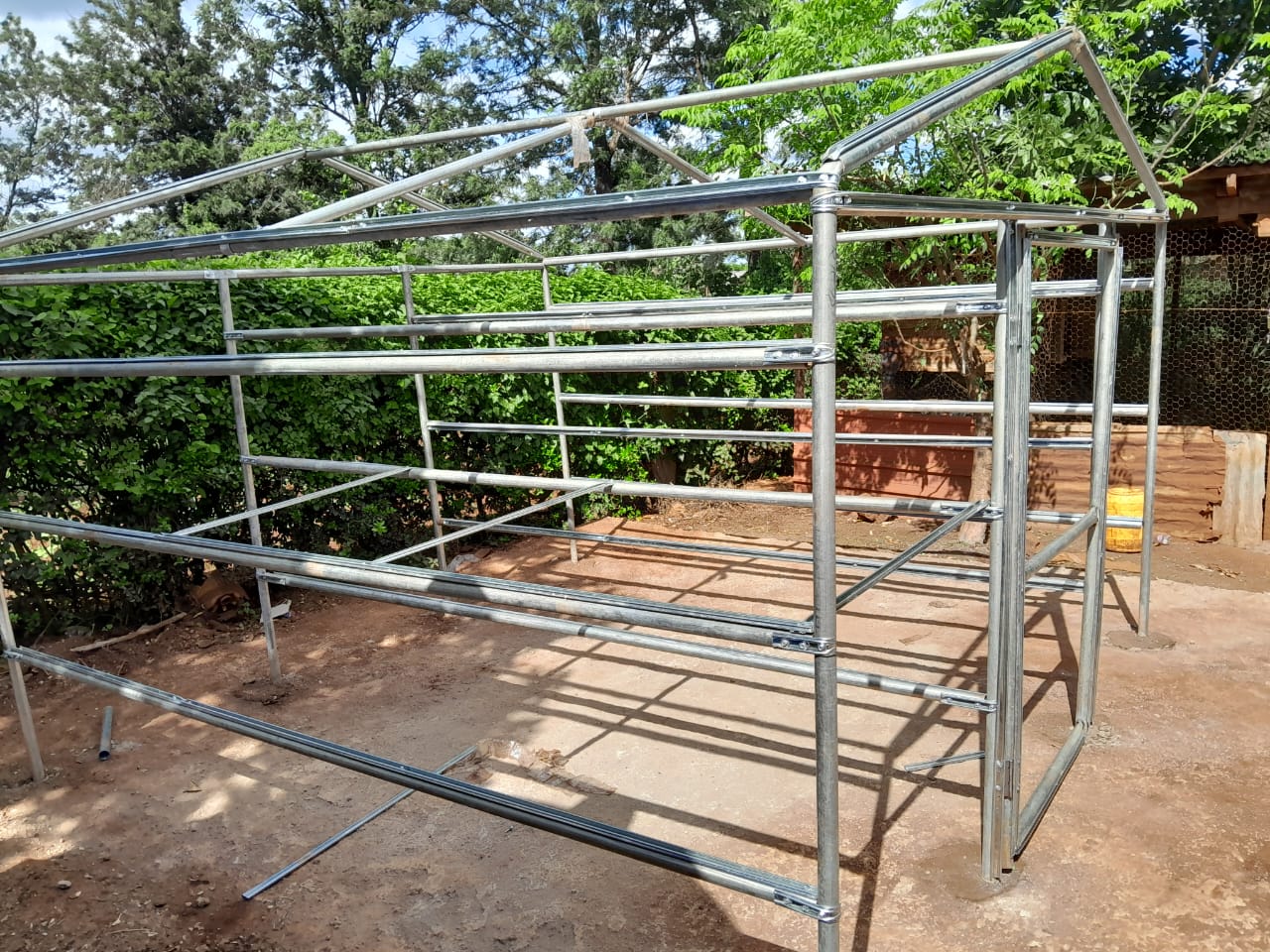
Cement Ballast and Sand: for cementing the ground to ensure a raised and waterproof concrete that holds the structure firmly.
Steel Profiles and Bars: for holding greenhouse polythene insulation material.
Dam liner | Black Insulation Material: laid on the ground surface to prevent heat loss to the ground surface.
Greenhouse Polythene material: Primary material for covering the solar dryer chamber.
Shelves: These can be wooden or metallic shelves for holding the products to dry.
Steel Metal Poles: Holds the steel profiles to enhance the formation of a complete solar dryer structure.
Tapping Screws: Holds the profiles and steel poles together.
Zig Zag wires: Locks the greenhouse polythene onto the solar dryer structure
Insect net: Covers the ventilation and the drying shelves to enhance air circulation and efficient drying.
Advantages of Agricultural solar dryers
- A solar dryer reduces post-harvest losses by removing moisture which makes agricultural products go bad.
- Solar drying prevents food poisoning as it protects them from exposure to micro-organisms.
- Low energy consumption.
- Enhances value addition which betters the quality and taste of the produce.
- Solar dryers are non-pollutant to the environment.
- Low operational costs as they operate without the need for fuel, electricity, or any technical maintenance.
- Customizable to suit the drying needs of your crops or harvests.
- Suitable in drying of variety of crops including cereals, vegetables, and fruits.
- Solar dryers are durable as they are made of durable greenhouse covers, steel structures, and wires.
What are the Agricultural Uses of Solar Dryers?
- Drying of vegetables and fruits: Kale, tomato, spinach, peppers, onion, and
- Drying of root tubers; Potato, cassava, sweet potato,
- Cereals; Maize, rice, millet, peas, and sorghum
- Coffee drying; drying of coffee berries.
- Fruits: Mango, banana, strawberries and orange seeds.
- Drying of herbs; turmeric seeds, garlic, ginger,
- Drying fish, meat and Omena

